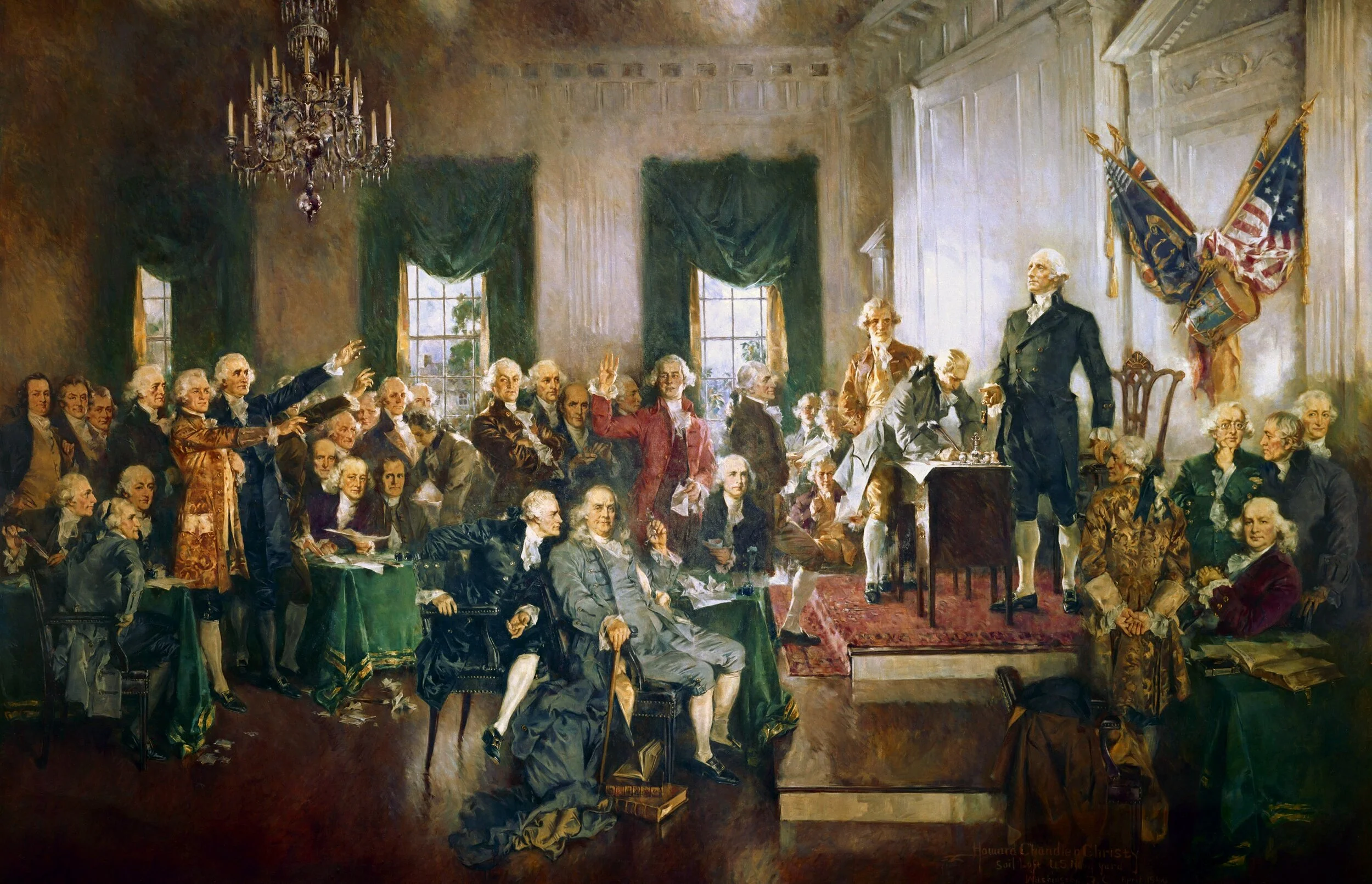Nothing lasts forever
/I live on a bit of windswept prairie farmland in western Indiana. A massive elm tree stands in my backyard, and it is probably the oldest living thing for miles around. I didn’t grow up here, but my neighbor says the elm has stood as long as he can remember. It is 80 feet tall. The trunk is 26 feet around at the base.
I have a notion that my elm tree is as old as America. I imagine it sprouted in the formative years of the republic – possibly even in the constitutional year of 1787. But elms seldom live that long and my idea is probably fanciful. Still, the elm is closer to 200 than 100 years old. It has lived through most of America’s history, if not quite all of it.
If you have an idealized picture in your mind of a tall, straight trunk billowing out into clouds of leafy greenness, think again. The tree is old and it shows its age. The prevailing wind out of the west is strong here and it has pushed the trunk eastward. Dutch elm disease has eaten the once leafy canopy to little more than a lacy curtain. Lightning struck the tree sometime in the past and split the trunk down to the ground. Instead of one straight trunk, my elm has had three scarred stalks that year by year pull further away from the center.
All that’s left of the once mighty elm tree.
Let me be completely honest. The tree is dead. One stalk fell into the neighbor’s field two years ago. The remaining part died last summer, and I cut it down and all that is left now is a ring of the burned-out stump. The tree was a living thing, and a great example of its kind. But time is hard on living things. Nothing last forever.
You may have heard the hilarious story about a New York newspaper that printed an obituary of Mark Twain while he was still living. When he heard about it, Twain remarked, “The report of my death was an exaggeration.”
That false report was printed on June 2, 1897. The paper said Twain was dead and he wasn’t. But he did die, on April 21, 1910. Twain lasted long enough to enjoy the incident, but he didn’t last forever. The report of Twain’s death has been a fact far longer than it was a joke.
Time wears things out. My elm tree stood for several lifetimes, but it’s gone. Mark Twain outlived his critics, but he died, too. Like Twain and the elm tree, the US Constitution is said to be a “living document.” The meaning of this phrase is unclear and is interpreted differently by different people. It is a quite a convoluted topic, so I deal with the contesting meanings of “living Constitution” more in another essay.
Here, I just want to assert the lesson that life teaches us — that living things don’t last forever.
Furthermore, nothing living remains useful forever. Old horses get put out to pasture. Old athletes (and in some sports, 20 is old) retire. Old grapevines are torn out and replaced. Each year, billions of old dollar bills get shredded and replaced by new ones. Old smartphones get tossed when new phones with new features become available. (Paper dollars and smartphones aren’t living, but they extend the analogy.)
Whenever people are serious about getting utility and value out of something, they know that old things must be replaced by newer things.
Imagine how foolish I and my family would have been if we’d left the dead elm in our back yard. It might have fallen and damaged the house. It certainly provided no value standing there dead and barren.
My family never particularly wanted an elm tree. It was there when we moved, and we don’t know if someone in the past really wanted an elm or simply didn’t bother to cut it when they cleared the rest of the land.
Today I planted two new trees in the front yard. In a couple of years my family will be eating pears from these trees. I’ve learned the lesson the elm taught, so I staked support wires all around the new pear trees to keep them standing straight despite the wind.
To my way of thinking, the US Constitution is comparable to the old elm. The Constitution isn’t completely dead. But it is bend out of shape, damaged by time and, yes, diseased. Like the elm, it is a reflection of choices made by dead people.
My duties as a citizen lie much more to the future than to the past, and that duty is better fulfilled by planting new trees than by suffering old dead ones to remain. The duty of citizens in 2020 is better fulfilled by striving for truly representative government of the living than by a backward-looking devotion to something that is past its prime.










